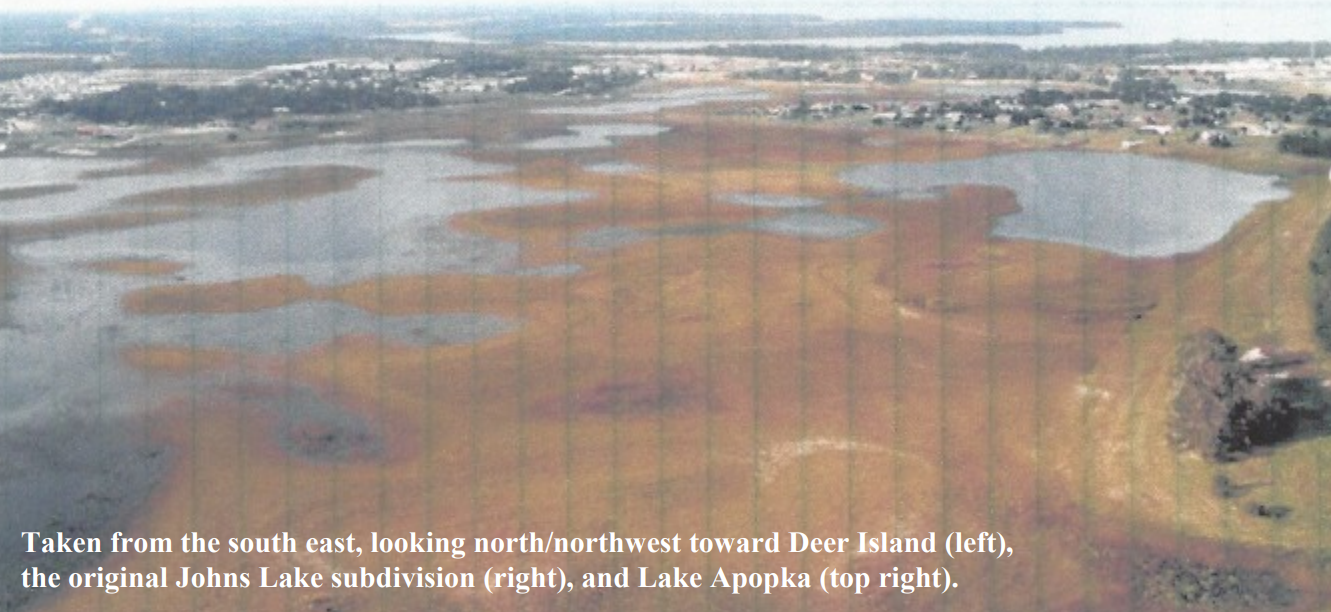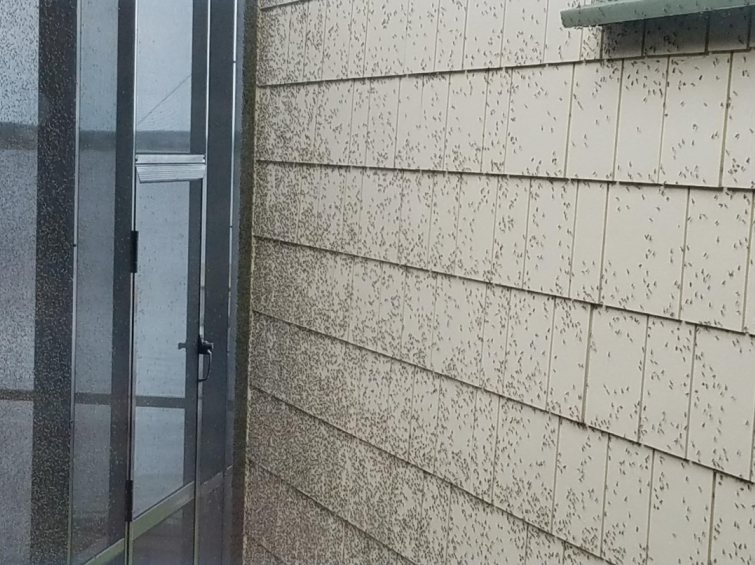August 1, 2018
Johns Lake Water Level
John Schmidt
It’s High!
Stormwater Drainage Area, Outflow and Lake Levels
Johns Lake is located in west Orange County and east Lake County. The lake level is dependent on rainfall in an area (basin) comprised of 26 square miles. No streams or springs are known to enter the lake. This basin is located south of Lake Apopka as shown on the following maps outlined in red. The watershed includes fourteen contributing lake systems located primarily to the east of Johns Lake. Surface flow moves generally from east to west through the interconnected lake systems and associated wetlands sloughs. Discharge from Johns Lake is conveyed north to Lake Apopka through a series of cross culverts and open ditch segments. Some of the lakes that flow directly into Johns Lake are, Black Lake, Lake Tilden, and Lake Yarbo. Water levels in these lakes is generally consistent with Johns Lake.

The lake level is not controlled by any agency or group. During periods ofhigh water, the water will flow northward into Lake Apopka. (See the blue line in the current & next map) During the dry season water flow stops for the most part. The water level of Lake Apopka is on average approximately 20 feet lower than Johns Lake. Lake Apopka lake level is controlled via a series of locks and dams by St Johns River Water Management District. While they are interested in the amount of flow from the Johns Lake Drainage Area, they do not monitor it, nor the lake level.

The lake level as of 8/4/2018 was approximately 99.36 NAVD88. ( North American Vertical Datum of 1988 is the vertical control datum, or base measurement point established for surveying elevations .) The FEMA base 100 year flood elevation for the entire basin is determined to be 99.7 NAVD88. See the map below – you can use the URL listed to look at the flood elevation at your location.

Water is currently flowing about as fast as it can through the various culverts as depicted in the pictures on the following pages. One concern is that very little of the outfall canal/pathway is deeded to preserve integrity of hydraulic flow capacity and maintenance. The City of Oakland has maintained the pathway from Hwy 50 to Lake Apopka, but the pathway from Johns Lake to Hwy 50 crosses two privately owned parcels.
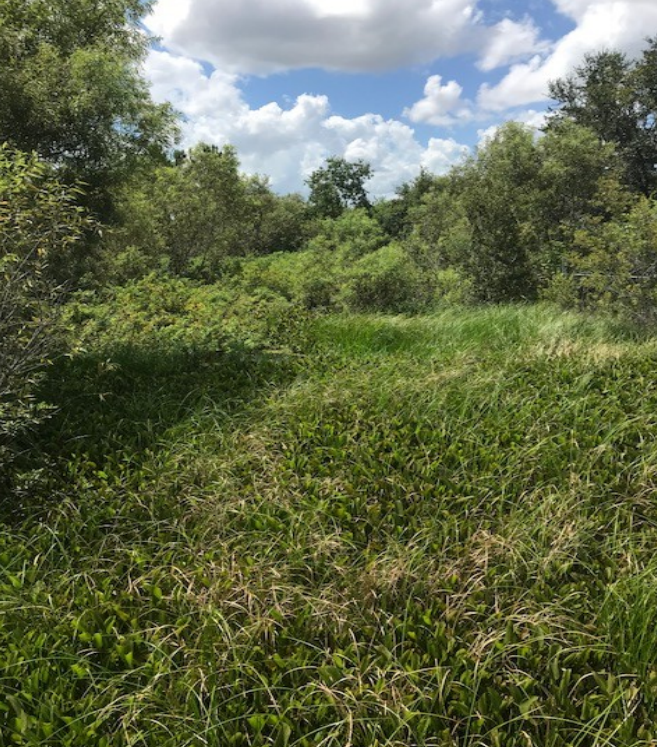
This is the view from the south Turnpike culvert, looking south toward Johns Lake, very over-grown.

This is the south Turnpike culvert structure. Johns Lake to the right, Turnpike to the left.
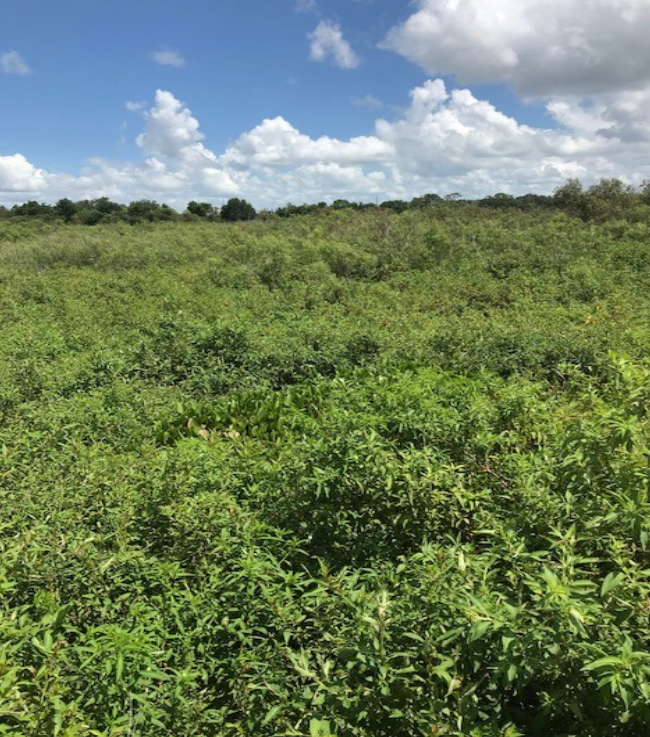
This is the view from the north Turnpike culvert, looking north toward Hwy 50, very over-grown.
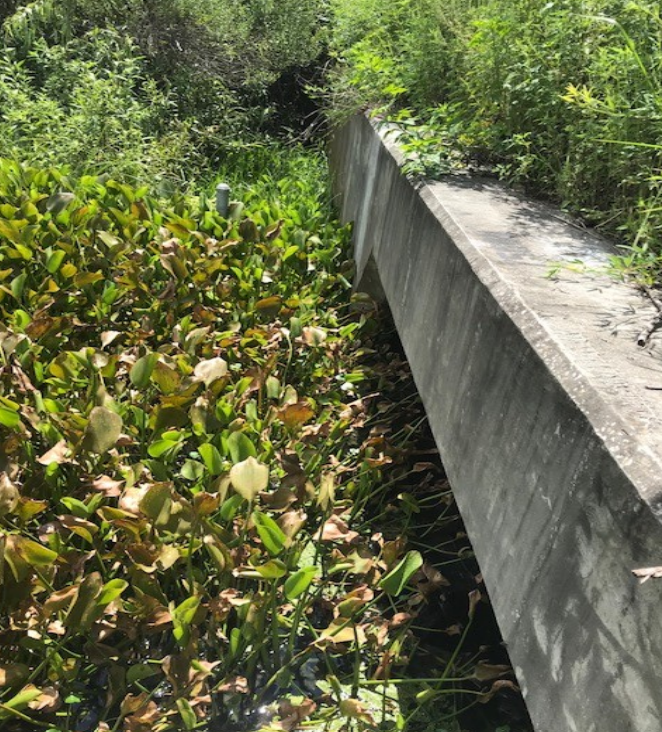
This is the north Turnpike culvert structure. Turnpike and Johns Lake are to the right.
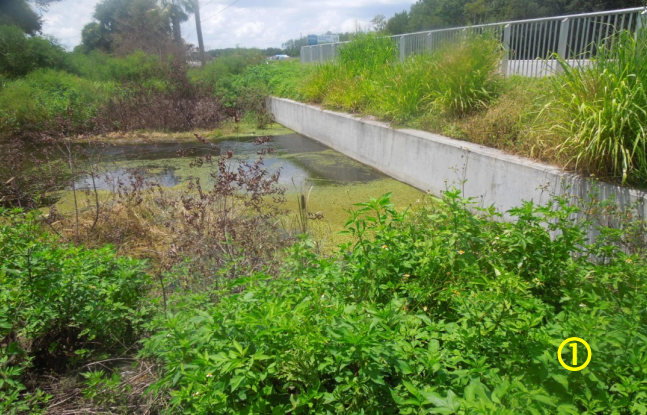
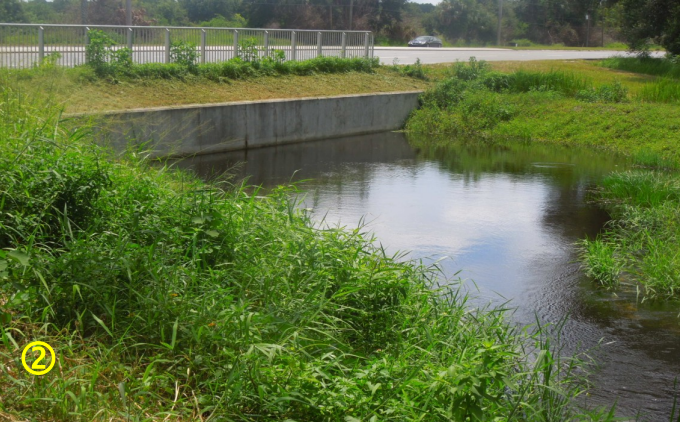
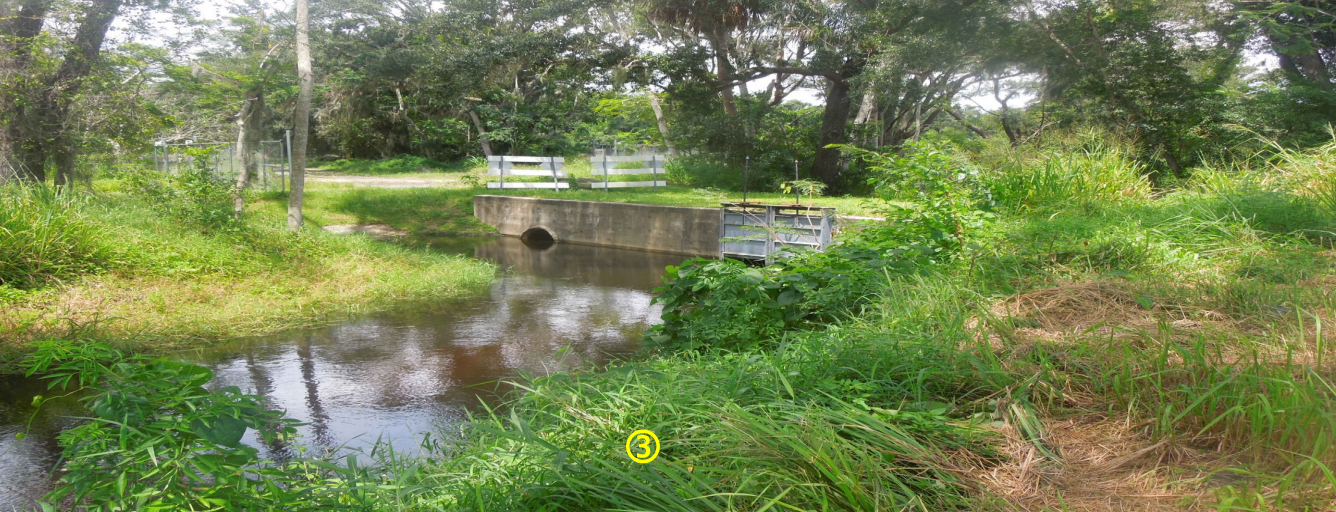
Due to recent high water, many docks are either underwater or very close. High water has created danger of submerged docks and posts. Boat wakes cause damage to structures at or nearly under water and cause boards to break free. This is costly for the dock owners and it creates a significant safety concern. Boat wakes are also causing lakeshore erosion in areas where owners have removed all vegetation, and have not planted desirable vegetation. Please be considerate, slow down and use caution as floating boards have already been spotted.
The high water is also causing vegetation to break away and create floating islands that could cause harm to boaters at night. The canal between Johns Lake and Black lake is navigable to the Greenspace Park, recently created off Avalon Road. During Hurricane Irma this canal became blocked to boat traffic with vegetation, so we worked with Orange County to get it cleared. Recently this canal became obstructed again but has been reopened. FWC (Florida Fish and Wildlife Conservation Commission) was out on the lake this weekend to survey the islands and determine the best way to remove them. If we get an update, we will be certain to update you all.
The high-water situation is unlikely to change anytime soon, and with more rainy months ahead, it will likely worsen. Looking ahead: we are in hurricane season and tropical storms could amplify the problems.
Johns Lake Water Level Fluctuations Illustrated
In a previous edition of Cattales, the variability of the water level on Johns Lake was discussed. In that article, we talked about the fact that every approximately 20 to 30 years, extreme drought conditions cause the lake level to drop precipitously and expose large areas of the lake bottom to the drying elements of sun and wind. While this has a temporary but profound dampening effect on the recreational use of the lake, it affords the lake bottom the opportunity to naturally rid itself of accumulated muck and organic materials that may have gradually accumulated over the preceding years. After a period of time the drought conditions lessen, the rains return and the lake levels are restored …but with significantly less muck and organic material on the lake bottom and a much healthier lake. The following two aerial photos were taken in 2001 and illustrate this dramatic phenomenon.
